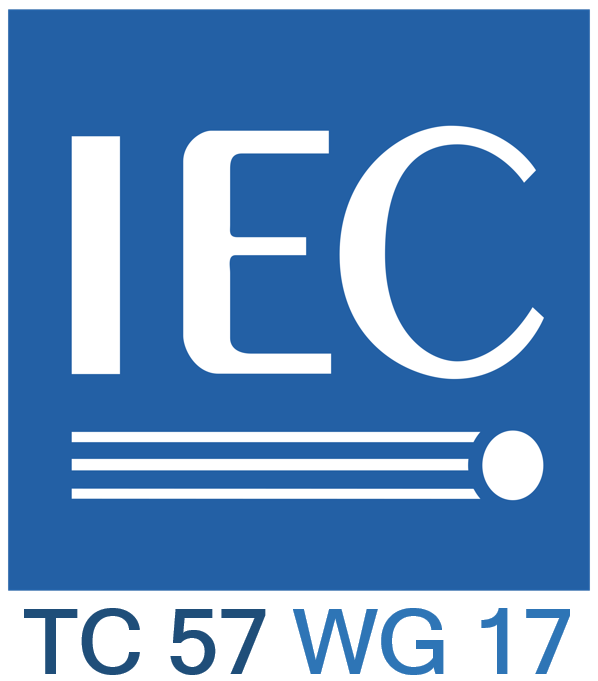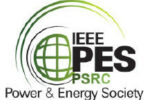Grid systems and Customer Energy Management Systems – convergence or conflict

IEC TC 57 WG 17 is in charge of power system intelligent electronic device communication and associated data models for microgrids, distributed energy resources and distribution automation.
For several years, presentations in engineering conferences and media have proposed that power system operations need to become more flexible and decentralized. Many countries have some sort of demand response market and have organized pilot projects that demonstrate the willingness of end users to participate in flexibility markets for solar energy and electric vehicle smart charging. All of this requires communications between the various actors and systems.
Several industry and standardization groups have been working on communication protocols, but 2022 is the year that much of this work is being published for wider review. Each group takes its own perspective, whether that is utility operations, energy efficiency in buildings or vehicle charging. What is interesting to observe is that many groups are following a similar development pattern by recording use cases, defining a data model, and a means of transporting that data.
IEC TC57 WG21 takes the utility perspective and is responsible for IEC 62476 Systems interface between customer energy management system and the [grid] power management system. They have considered customer energy management system as not only standalone systems within a residential and/or commercial building, but also non-utility aggregators and intermediary that manages multiple sites.
There are two interesting projects, a revision of part 2 describing use cases which should bring in more recent concepts of home and buildings energy management, and a new Part 4 that will describe information exchange for demand side resource management. This part extends the CIM market standards IEC 62325 and is integrated with IEC 61970/61868 CIM network modelling. In the medium/long term this should result in a more flexible and extendible suite of protocols that will complement or replace OpenADR (IEC 62476-10-1).
In parallel with this utility focused work, other groups have been working on standards related to the energy management systems within buildings ISO/IEC 14543-4-302, EN 50491-12-2, and systems specifically for electrical vehicle charging.
There have been hot debates over whether management of multiple EV charging management is a true standalone function (the current approach of IEC 63110 series) or whether this should be considered as controllable resources of a local building management system, together with local solar panels and stationary battery storage.
From a grid connection perspective, these types of systems have a strong overlap in functionality and requirements for operational monitoring. The IEC System Committee for Smart Energy is working on a document (SRD 63460) to at least describe a set of use-cases that consider all perspectives. What is clear is that the power demands of EV charging are a large increase compared to traditional loads and that there is real benefit in working on the technical standards to support smart charging.
What is not clear today is how home and building energy management systems will evolve. It maybe that some of the existing standards will be completely superseded by cloud-based systems communicating directly via IoT protocols to devices and sensors (see ISO/IEC 30101).
Biography:

Tom Berry studied Electrical Engineering at Bath University, UK. For the last 25 years he has worked for Schneider Electric in the UK and France.
Tom has worked on control center projects integrating SCADA systems within dispatch training simulators, transmission and distribution network management systems. He now works “closer to the edge” as a software architect for feeder automation RTUs. He is a member of several IEC TC57 WGs and the editor of IEC TS 62361-102 technical report on CIM-61850 harmonization.








